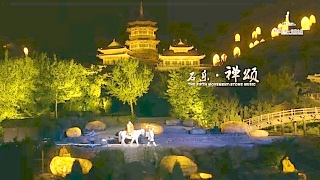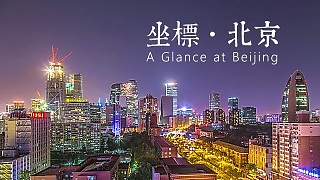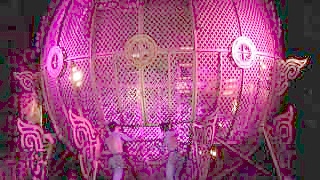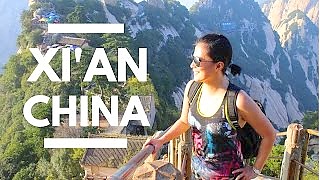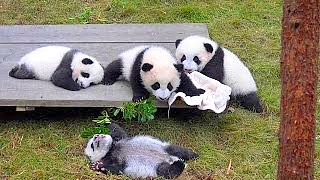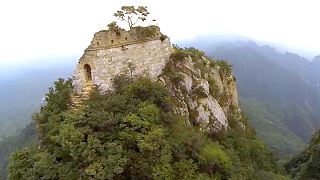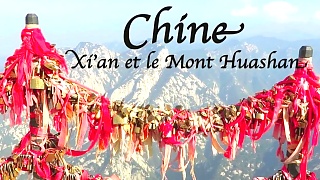Awesome music, awesome quality audio - connect to your best hi-fi system and enjoy ...
[640],shadow=true,start=,stop=Bonus film - the awesome Bliss - Quiet Conversation ...
+ Bliss - Kissing ...
[320],shadow=true,start=,stop=Then - Buddha Bar ✻ Veiled Love Desire ✻ Morfou Private Room Mixed ...
[320],shadow=true,start=,stop=Plus - Haley Reinhart - Lay It Down ...
[320],shadow=true,start=,stop=Also - Judy Esther - Endless Love - from Avatar (2009 film) ...
[320],shadow=true,start=,stop=With - Madonna - Frozen ...
[320],shadow=true,start=,stop=++ Sarah Brightman - This Love ...
[320],shadow=true,start=,stop=+++ Karen Souza - Tainted Love ...
[320],shadow=true,start=,stop=And (an ANTI-WAR classic) - The Cranberries (soul cover featuring Maiya Sykes / PostModern JukeBox) - Zombie ...
[320],shadow=true,start=,stop=(paraphrasing) "What the hell what was in their minds ?"
Bonus films 2 - Natalie and Nat King Cole - Unforgettable ...
[320],shadow=true,start=15,stop=Sarah Brightman - Until the end of time ...
[320],shadow=true,start=,stop= Ghenwa Nemnom live at the Baalbeck Festival 2021, Lebanon, for Cafe De Anatolia
Ghenwa Nemnom live at the Baalbeck Festival 2021, Lebanon, for Cafe De Anatolia
![With Roger Waters. Exceptional talent here. Love music; love peace ? Then you`ll love this. Know every note, or first time listen - let`s go . . . . . Ashes and diamonds; We are all equal, In the end. Mother, will they drop the bomb ? [hint - they did already - two different designs tested on the [`inferior`] women, children and elderly of Hiroshima and Nagasaki; among others]. Mother, should I trust the government - [no ****ing way ! Five Eyes brat pack] Mother / state / control. Only because the masses are (deliberately) distracted by TV, shopping, sex, fashion, alcohol, gambling, and more, can the tiny minority elite enslave us. It`s like a cult; part of it ? Alive, or just a robotic believer ?? A fool is one who doesn`t know what they are doing, or why they are doing it. Don`t be fooled. Bonus film 1 : Bonus film 2 - Us and Them : Or is it really just `WE` ?! Don`t believe anyone. Don`t believe any ism. Don`t even believe in truth. Truth is reality; no belief required. It`s all there to all who can see clearly, without blinkers. Something different - 100 seconds to midnight (the very end; music)](https://img.youtube.com/vi/4vu24954p4k/mqdefault.jpg)






